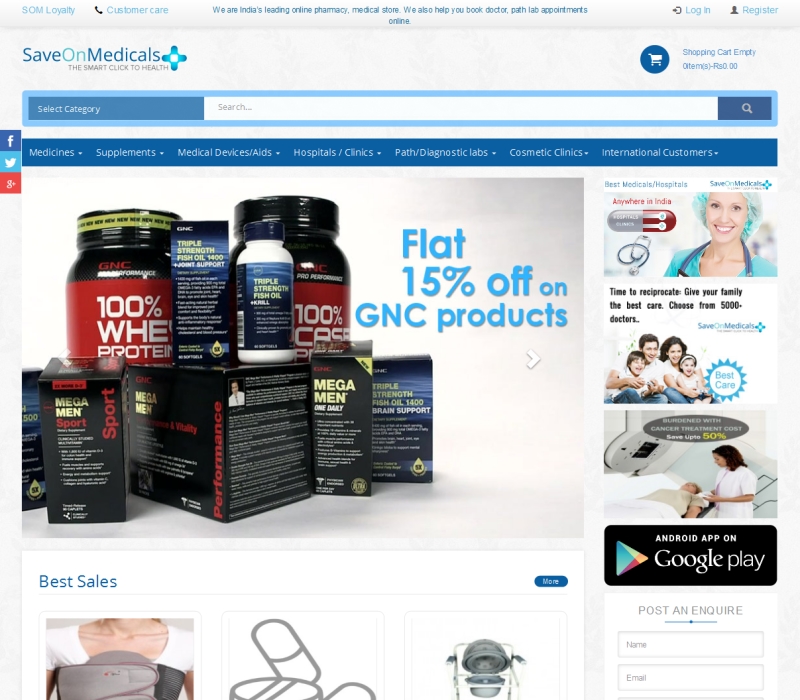

Dr Mahesh R Desai
Changes in lifestyle, diet, decreased water intake and climatic variations, along with genetic and familial afflictions have increased the prence of stone disease among Indians. Dr Mahesh R Desai, Senior Consultant Urologist and Medical Director & Managing Trustee of Muljibhai Patel Urological Hospital in Nadiad, Gujarat, in this article offers better insight into the treatment options for the disease and the ways to prevent it.
Stone disease in India

Stone disease has been known to affect the human race ever since its existence. The incidence and the prence have increased of late with wide regional variations, roughly 4“20% in India. The reasons for increasing prence of stone disease are related to increasing westernisation and changes in diet, decreased water intake and climatic variations. Genetic and familial afflictions are well known, due to either hereditary or dietary factors.
Treatment modalities
Once stones are formed in the kidney, they either stay there or descend down into the ureter. Spontaneous stone passage is well known and depends on the size and shape of the stone and the location in the kidney. Stone treatment is mandated by the same factors as mentioned above as well as the clinical scenario of the patient. Two most commonly used endoscopic modalities are Percutaneous Nephrolithotomy (PCNL) and Flexible Ureteroscopy (FURS).

The advancements in laser have revolutionised the stone management, especially increasing miniaturisation, lower morbidity and better stone clearance for a given patient. I strongly believe in the quote by Toto “ The only permanent thing in the world is change. One such revolutionary change is the introduction of Moses technology.
Lasers in stone management
The Holmium laser is used for stone management as it can fragment all stone compositions and pulverises the stone into either stone dust or small fragments of size 1“2 mm, which can pass down the urinary tract with urine. It is the current gold standard for intra-corporeal stone management and is very well established. As a further advancement of the current technology, Lumenis has come out with Lumenis Pulse 120H laser system.
What is Moses technology?
When a regular laser fiber is fired, there is always a fluid filled gap between the tip of the laser fiber and the target stone. This results in loss of energy as the holmium laser energy is absorbed by water. Moses technology creates a pulse shaped modulation that optimises energy delivery through the water to the stone. In other words, there are water bubbles which form between the laser fiber tip and the stone resulting in more energy being transferred to the stone. It is dependent on the proprietary Moses laser fiber and the modes available, wherein the laser pulse separates the water and then delivers the remaining energy to the stone. The Moses feature also is optimised for two different fiber tip to target distances, namely contact mode and non-contact mode.
What is the difference from already available lasers?
In comparison to the available lasers, there is more efficient and better energy transmission to the stone. There is also less dependence on the distance between the fiber tip and the stone. Because of its in-built dual settings, the laser fiber can work at two modes and consequently can work in varied clinical scenarios. In the contact mode, the fiber is effective at a distance of 1 mm which is useful when the stones are easily approachable through the flexible ureteroscope. In the non-contact mode, the previous laser fibers may not be effective as they are unable to reach the stone and more absorption by the distance between the stone and the fiber tip.
It is here where the Moses fiber is most effective as they can equally ablate the stone even when the fiber is some distance away.
Benefits of treatment using Moses technology
- The pulse delivery technology results in an improved energy transmission to the stone. This translates into significantly higher stone ablation volume (160% higher) than the regular laser technology.
- Both the in-vitro and clinical studies have clearly documented lesser retropulsion than the regular fiber. For same energy settings, the Moses fiber causes 50 times lesser stone displacement upon activation then the regular fiber. This means that your stone does not migrate to some other part of the kidney during the surgery.
- Moses fibers are available in all three standard sizes, viz, 200, 365 and 550 D/F/L. When working in the lower pole during FURS, the regular fiber may not reach the stone due to difficult patient anatomy and loss of deflection of the ureteroscope (12“20 degrees). With the Moses fiber, this deflection is only 4“6 degrees. Hence, more commonly than not, your stone will be completely dusted.
- The ball shaped tip allows a smooth fiber insertion through the ureteroscope and potentially minimises the ureteroscope damage and improved longevity of the ureteroscope.
Thus, the patient benefits include more efficient stone ablation during surgery, lesser retropulsion thereby decreasing the need for a second procedure, shorter operative time, safer laser lithotripsy and possibly lesser retreatment for left behind small fragments. The surgeon benefits include lesser damage to the ureteroscope, shorter operative time and hassle free laser fiber usage. All these also potentially result in reduced cost implications on the patient.
Prevention is always better than cure
Despite the advancements in the field of stone treatment, preventive medicine and avoidance of stone formation is always the goal. High water intake to maintain a minimum daily urine output of 3 litres, citrus fruit juices, reduced animal protein intake, low salt diet, better control of diabetes and regular exercise and weight reduction are some of the key requirements to reduce the risk of stone formation.
(The opinion expressed in this article is the opinion of its author and does not necessarily reflect the opinion of eHEALTH magazine. Therefore, eHEALTH magazine carries no responsibility for the opinion expressed thereon.)
Be a part of Elets Collaborative Initiatives. Join Us for Upcoming Events and explore business opportunities. Like us on Facebook , connect with us on LinkedIn and follow us on Twitter , Instagram.












